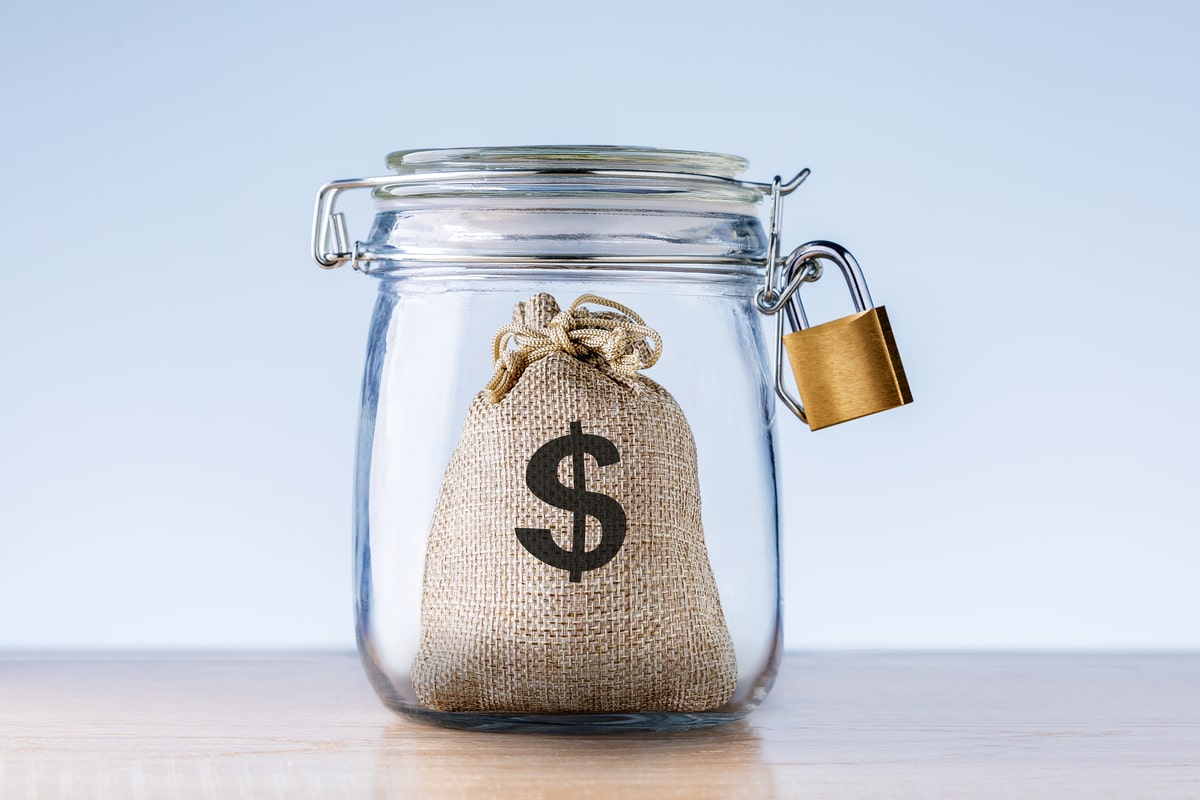
Nobody ever expects emergencies, which is why they can so easily bury you in debt. Anything from a natural disaster to a pandemic, accident, or job loss can quickly turn your world upside down. An emergency fund is for expenses that come from unexpected situations, and it’s a critical part of any budget.
Studies show 18% of U.S. adults have medical debt, and that’s just one emergency. If you don’t already have an emergency fund, we can help. This guide is meant to walk you through the basics of creating and maintaining a rainy-day fund to cover any potential crises you’ll face in life.
Regardless of the situation, it’s important to have access to emergency funds so you can get through it. Anything from a sudden move to car repairs costs more than you think. When you lose your job, you never know how long it’ll be before you find other employment options. That’s why most financial experts recommend saving 3-6 months’ worth of living expenses as an emergency fund.
To create an emergency fund calculator, simply add up your monthly spending and categorize by:
This will give you an overview of expenses while also allowing you to save money by cutting unnecessary expenses. If you have an overwhelming level of debt, consider consolidating it to get a better deal. The last thing you want is to be in debt during an emergency.
There is no difference between an emergency fund and savings. Your savings account is designed to reward you with compounded interest for saving money. The problem with counting investments as your emergency fund is there can be considerable delays and tax penalties. Pulling money out of a 401(k) or IRA plan early for qualified emergencies won’t have a direct penalty, but you’ll greatly reduce your retirement fund.
Don’t worry if you don’t have six months saved up already; it takes time to build a fund. That’s why it’s best to get in the habit of saving early and often so you have the money when you need it. Be disciplined and don’t touch the emergency fund you’re saving.
Six months is a decent emergency fund cushion, but a full year is even better. Your monthly savings should depend on how much you need to save to cover your expenses and how long you can wait to get there. These situations will be different for everybody.
In general, it’s great to save at least 20% of your income to create an emergency cushion. To get your budget in order and make this happen, allocate a maximum of half your income toward necessities and 30% toward discretionary spending. This will ensure you can live comfortably within your means at any income level.
If you need more information, check out our bucket system for budgeting.
Your actual emergency fund will vary greatly based on your lifestyle, income, and number of dependents. A single twentysomething will have fewer financial responsibilities than a married couple in their 40s with four kids ranging from junior high to university aged. So, follow this entire blog as general emergency fund guidelines, and you’ll be able to better prepare yourself for the unexpected.
Emergencies are an unfortunate part of life that will always happen, but you don’t have to face them alone. At Bell Finance, we’re a part of the local community, and we are always available to help you deal with any financial emergencies that come your way. Our financial experts can help you find the right type of savings accounts and investments to build your wealth.